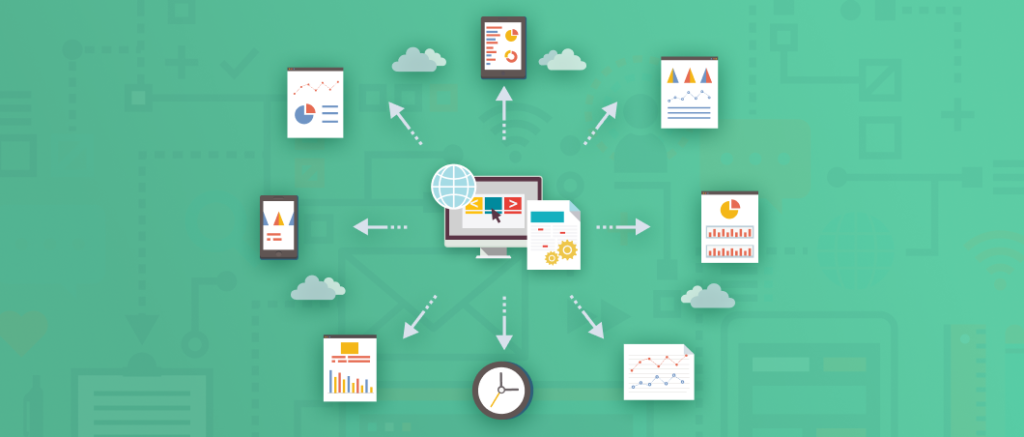Last updated on January 27th, 2021
Resilience is a virtue. It helps one overcome challenges and distressing or trying times without losing enthusiasm or hope and recover quickly. Resilience in humans has to be built. It is essentially a sum of multiple traits that can be developed and acquired.
The world of software products also calls for resilience. Resilience distinguishes a robust software product from an also-ran. But what exactly is resilience in software products? And most importantly what goes into making resilient software?
What is ‘Resilience’ in Software Products?
Today, software is integral to every business. Just as businesses have to evolve to keep pace with the market, software has to evolve to remain relevant. Continuous improvement of software products is essential to keep pace with changing market demands and evolving customer expectations. Software updates and upgrades are mainstays. So, the ease with which these products can scale and evolve to meet user needs and market demands and how capably they withstand service disruptions defines resilience in software products.
How can we build resilient software products?
Code quality, development practices, testing and QA, technology choices – what goes into making resilient products?
Of course, all these are essential. However, what matters most is how the product is built.
Much like how while forging a metal tool you keep a close eye on all the small imperfections that could later become big cracks, the processes used to build an application determine its lasting power.
For starters, it is essential to understand the business case behind the product to make the right decisions from the first stage of development itself. Identifying who the product is for, what tasks the product needs to help accomplish, and how the product fits into the business narrative are the starting point, or rather, the runway from where all the other aspects take off and ensure that software products are resilient.
Some things to pay close attention to when building resilient software products are:
Product evolution has to be top of the mind
Planning ahead is imperative for resilience. In software product development, planning ahead is not an option but a necessity, really.
Software development has to remember that there is always scope and space to improve a product. There always comes a time when customer expectations and demands change, the technology changes, or the business model itself changes.
Building software products keeping evolution in mind ensures that applications are not fragile and do not break in the face of change. Enabling evolution in fragile applications without changing or breaking features is hard. Deploying changes also is time-consuming and difficult.
Resilient applications, on the contrary, are ones that can handle changes easily and adapt easily since they are designed to enable change and growth.
Designed to withstand failures
The capacity of the application to withstand failures determines its resilience. Hence, building resilience demands focus on all levels of the architecture. Determining how to bake in the infrastructure and network, the design considerations, the data storage demands, and the like become important factors.
It is especially important to pay close attention to this since distributed apps are now commonplace and these contain multiple layers of infrastructure, networks, and services. Hence it is essential to account for all dependencies and carefully plan how applications can be designed to withstand failures and ensure availability at all times.
Development and code quality practices
Development practices and the focus on code quality also determine the resilience of software products. The objective of following good coding and development practices is to make software bullet-proof and invulnerable.
A high focus on QA, avoiding too many conditions using variables, evading too many unused variables, and keeping a deep focus on refactoring are some of the elements that contribute to resilience in software products.
It bears repeating that refactoring must be part of the development process especially when organizations leverage agile and DevOps. These development methodologies extend code from iteration to iteration. Unless we refactor, we expose the software to code rot, an unhealthy set of dependencies between packages and classes, poor allocation of class responsibilities, spaghetti code, etc. which consequently impact product stability and performance. This is kryptonite for software resilience.
Focus on software architecture and account for technical debt
Technical debt can cause the death of resilience in software products. While it is essential to follow good coding and development practices to keep this debt in check, a less than optimal software architecture just compounds this debt.
Building robust software architectures become essential to develop robust and resilient software products. The software architecture takes into account all the aspects of performance, security, scalability, functionality, and ensures that the system parts can communicate seamlessly with each other. It also decides how easy or difficult it is to update, upgrade, change it, and the impact of implementing the change.
Of course, technical debt is inevitable today as the pressures to release fast keep mounting. However, having technical debt is not bad. It becomes bad when you don’t pay it back.
Software development teams have to focus on developing perfectly designed software with clean, well-designed code that is ready for evolution. However, in the battle between perfect products and pressing timelines, developers might employ less-than-optimal coding practices to deliver software faster. But leaving the cleaning up for later leads to technical debt which can impact application performance and stability – clearly something we want to avoid when we want to develop resilient products.
Managing technical debt thus becomes essential when we want resilient software products. To keep technical debt minimal and manageable adopt good coding practices, employ the right software architecture, and update the software to its latest versions. Along with that, refactor regularly, prioritize issues proactively, and have a deep testing focus to keep this debt under check. Product resilience then becomes an automatic outcome.



